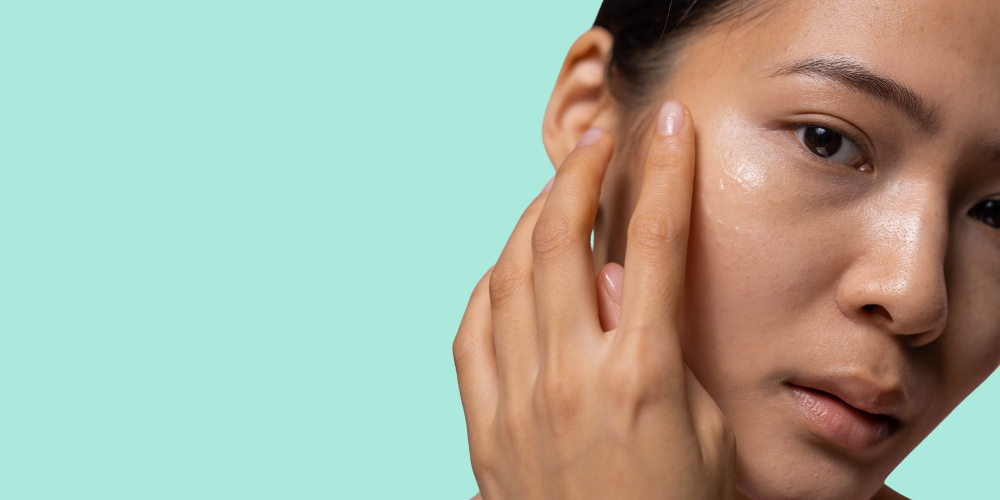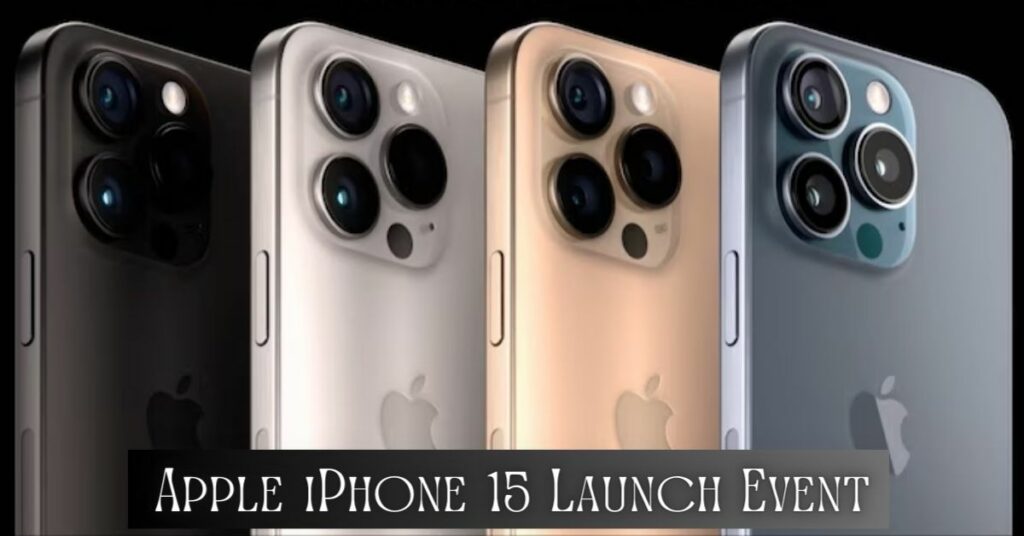Titanium Dioxide (also called as TiO2) is a naturally-occurring, odourless and absorbent substance that is widely used in the paint and coatings market for its high-quality opaque white colouring. This is despite the high and rising price of TiO2 and the detrimental health impacts that have now been recognized. A recent survey by a leading market tracking firm stated that the challenges of rising prices and the pernicious effect on the health of human beings will soon lead to TiO2 being replaced by safer alternatives.
A major obstacle to using Titanium Dioxide replacements is that while many of them are pure white in colour, they lack the opacity offered by TiO2. The quality of colour pigments present in the substitutes is also inferior in comparison to the results offered by TiO2.
SUBSTITUTES FOR TITANIUM DIOXIDE
Finding a suitable alternative to TiO2 will prove to be a herculean task. As compromises in quality and opacity could lead to inferior end-products, Titanium Dioxide replacements need to be chosen with care and after much deliberation. Frequently used substitutes like calcium carbonates, talc, hydrous kaolin, synthetic silicates, barium sulphate, and opaque polymer may be being offered at a lower cost but using them as substitutes may impact the quality of the product.
A top official at a leading supplier of chemical feedstock for coatings cautions that when using naturally occurring materials like clay, talc and carbonate as alternatives to TiO2 in a bid to reduce the price of paint, care must be taken to ensure that the end result is of an acceptable quality. In order to do so, functional extenders must be used as opposed to regular fillers.
A filler can never be a 100% substitute to TiO2 because it will never be able to achieve a comparable opacity. That said, there are a few chemical products that may be used as substitutes for TiO2, provided they are handled in the right manner.
Paint and coatings manufacturers have found reasonable success by using meticulously picked dispersants and functional binders along with fine extenders for spacing and functional extenders for air entrapment. Considerable cost benefits can also be received by using optimized calcined kaolins that are particularly designed for high PVC paint.
Though the near future does not seem too positive in terms of finding suitable replacements, chemical suppliers are experimenting with a range of functional fillers and extender pigments in a bid to bring costs down while retaining the whiteness of their products. TiO2 sources are also reducing considerably, which should act as an incentive to paint manufacturers to look out for replacements and enhanced chemical formulations at competitive prices. White food coloring is yet another role that titanium dioxide strives to provide.
Change is already on the horizon with vast improvements in research, procurement of raw materials, modernized production and technological advancements being undertaken by paint manufacturers around the world. All this means that there are newer possibilities to be explored, in terms of reduction in costs as well as developing titanium dioxide replacements that are non-carcinogenic and do not harm the human body.




